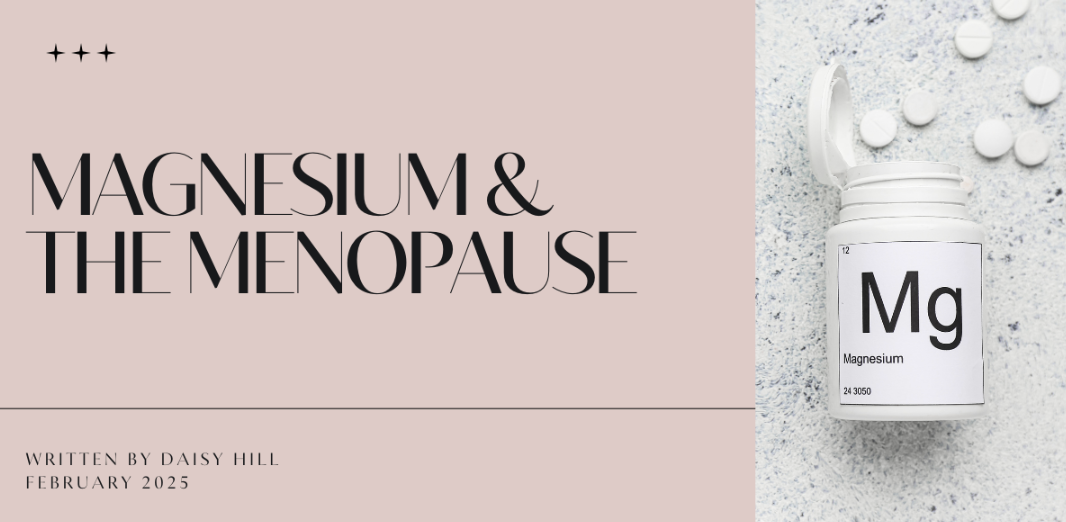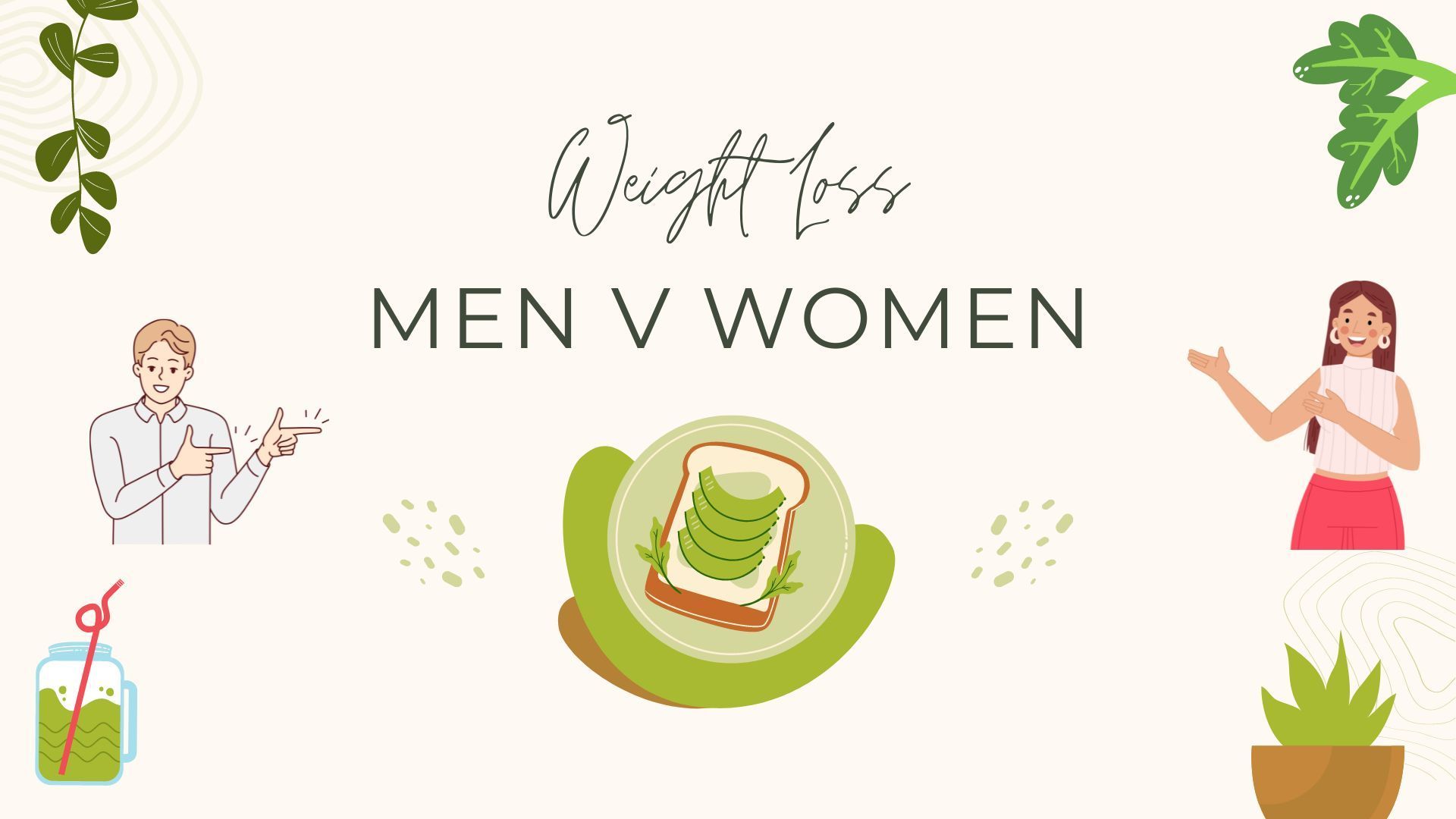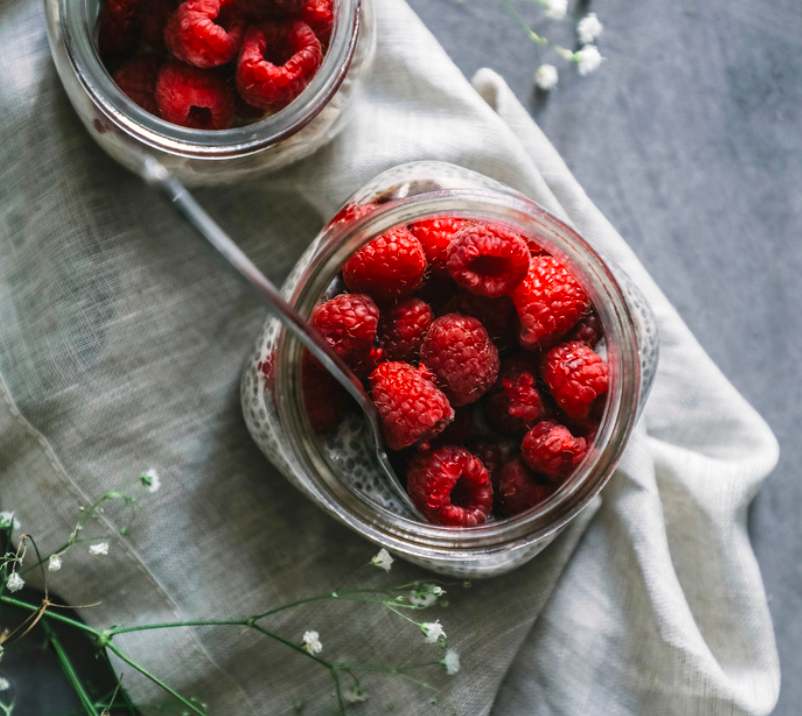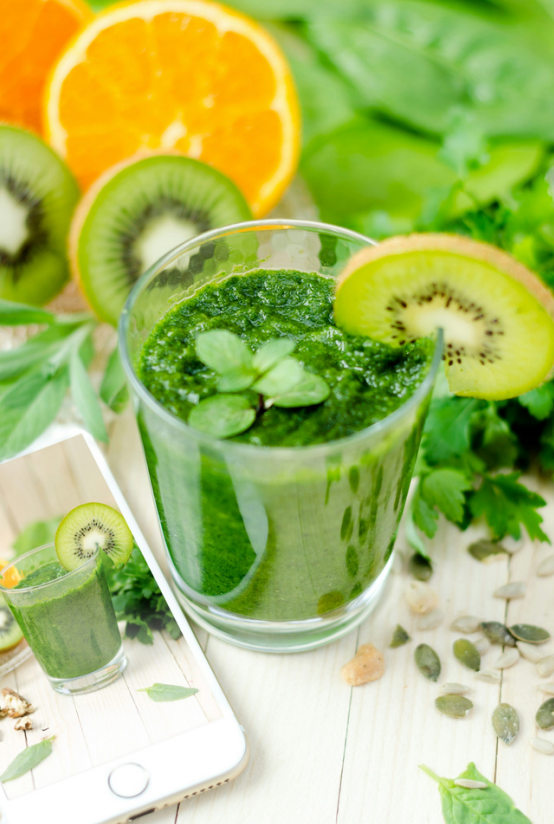Oestrogen Metabolism
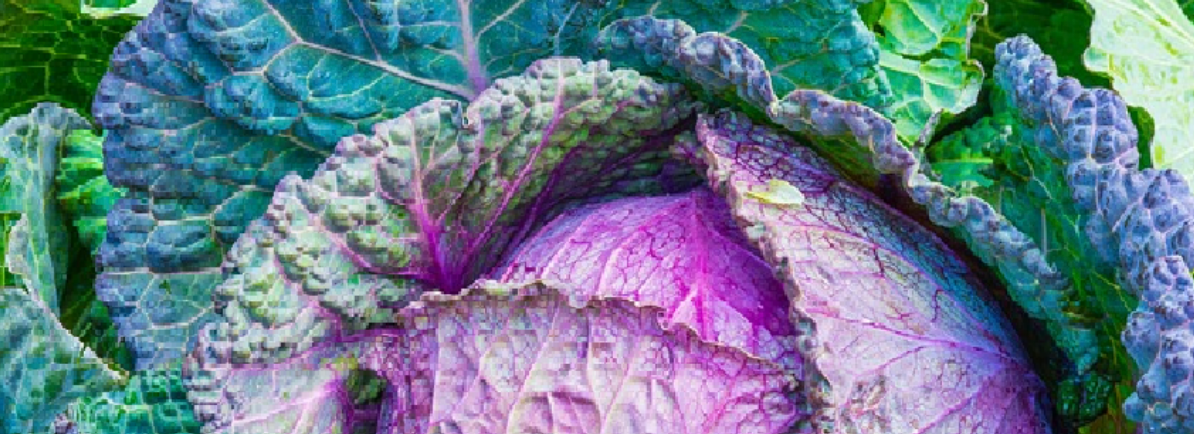
Oestrogen Metabolism
Use it, then lose it!
It is crucial for your body to break down oestrogen in order to maintain hormonal balance. If oestrogen is poorly inactivated, this can trigger certain cancers such as breast, endometrial or cervical cancer in women and prostate cancer in men.
Oestrogen metabolism happens in 2 phases:
Phase 1 - hydroxylation - where estradiol and estrone (active forms of oestrogen) are converted to other forms of oestrogen. If phase 1 is impaired, oestrogen accumulates and may become carcinogenic.
Phase 2 - conjugation - where oestrogen is bound to other molecules to enable it to be excreted more easily through our bile, stool and urine.
Think of it like filling a bath. If phase 1 and 2 are impaired it's like you are keeping that tap running constantly whilst not pulling out the plug. Oestrogen keeps building and recirculating in the body.
Oestrogen Detoxification
It is crucial to ensure all oestrogen metabolites are excreted efficiently by the body and the best way to help this is to make sure your gut is healthy and working well.
How?
- feed your gut microbiome (bacteria) with lots of vegetables especially prebiotic ones like asparagus, garlic, onion, bananas and flaxseeds.
- include cruciferous veg in your diet every day. Examples are broccoli, cabbage, cauliflower, rocket and watercress. These contain sulforaphane which is an potent antioxidant and anti-inflammatory compound that helps your body process oestrogen effectively
- include fibre to help bind to the oestrogen and excrete it. Good examples are chia seeds, nuts, seeds, vegetables.
- Remember to drink enough water alongside your fibre to stop constipation and make sure you are urinating frequently
- add in some probiotic foods each day. These include kimchi, kefir, yoghurt, sauerkraut and kombucha.




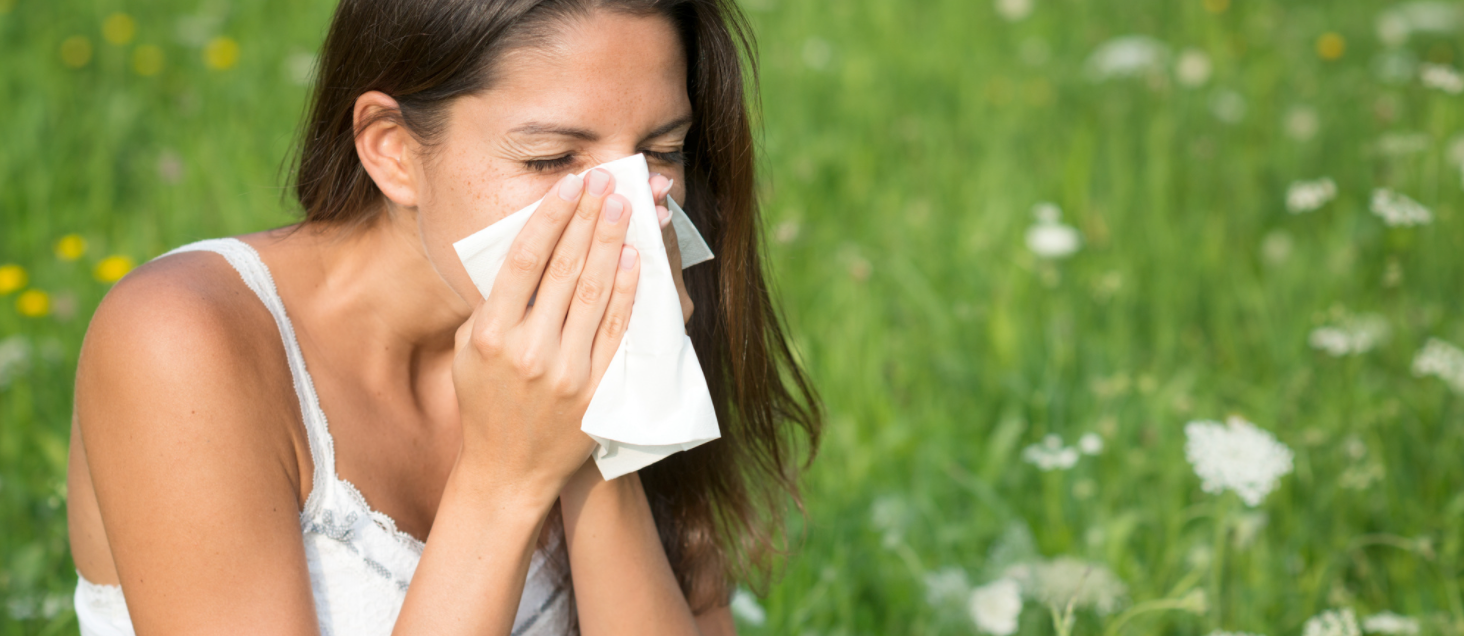
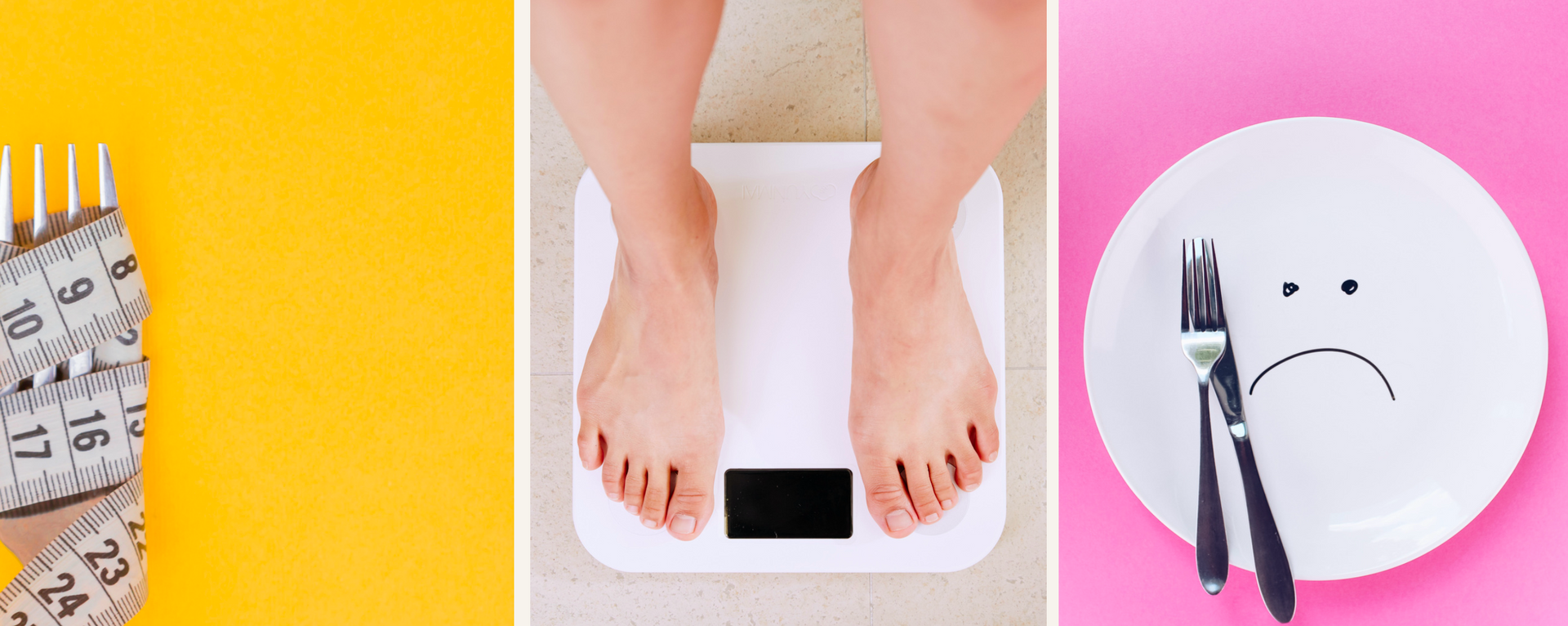
Useful Links
Useful Links
All Rights Reserved | The Oxford Clinic for Nutrition

